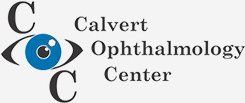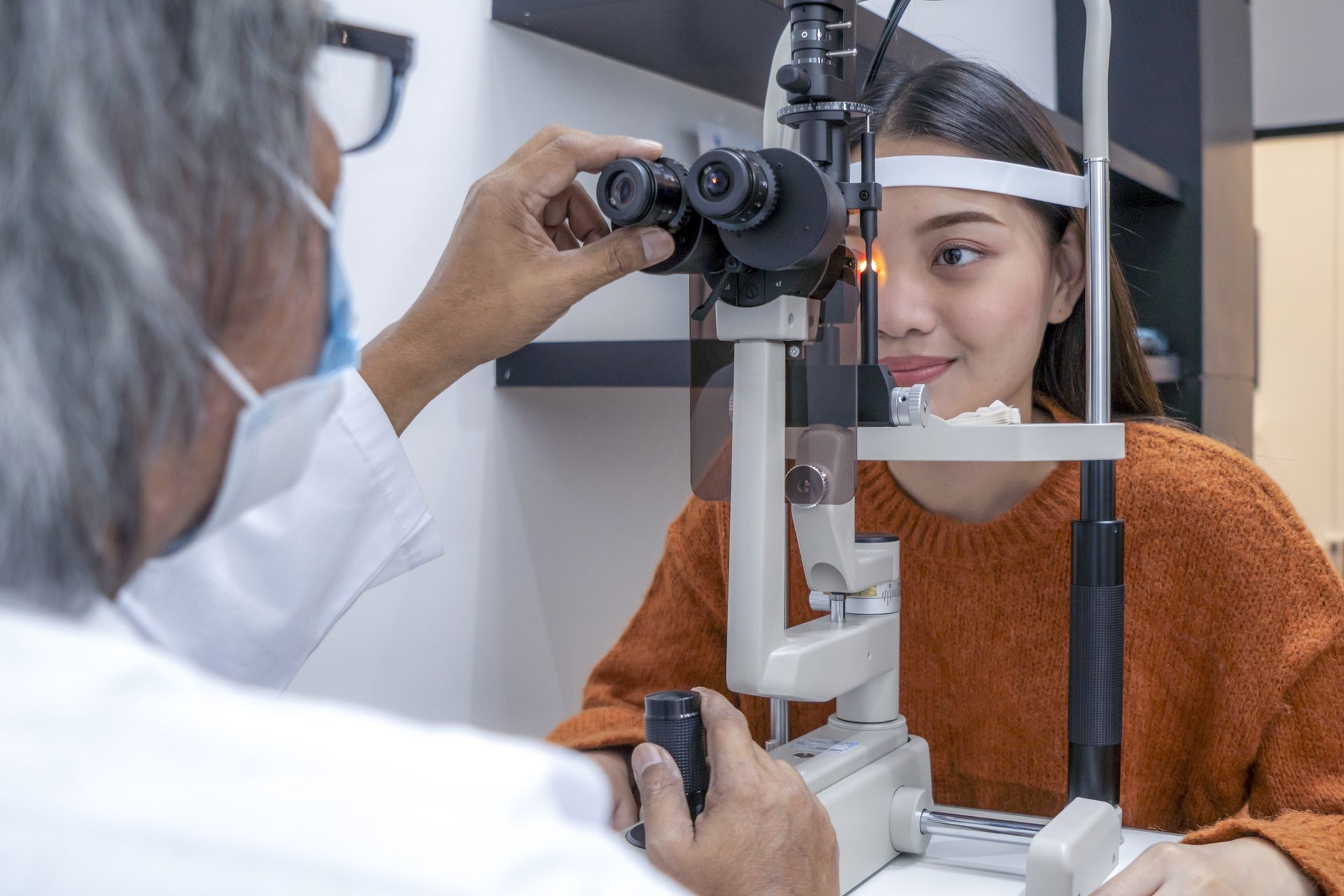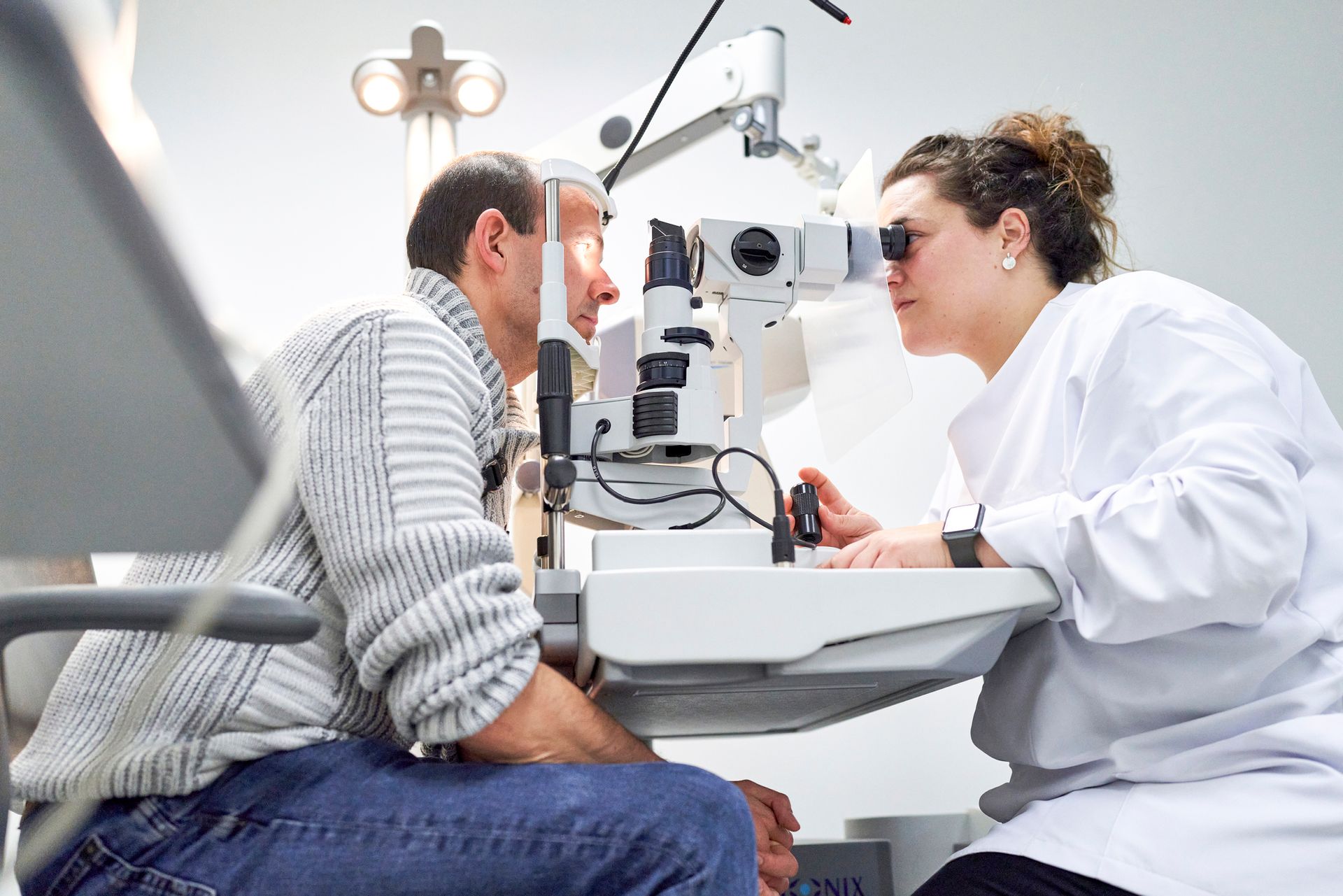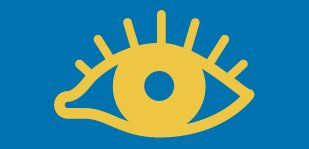How Strabismus Affects Your Visual Acuity

To have the best visual acuity, your eyes must work well together. If one eye is not aligned with the other, then you could have vision problems that may affect your quality of life. The medical term for eyes that don't align is strabismus. The common term for this condition is crossed eyes or wandering eye.
Here is more information about strabismus, how the ophthalmologist tests for the condition, and how it is corrected.
What Is Strabismus?
Strabismus is an eye muscle disorder that causes the eyes to not work in unison. It affects both adults and children. Usually, one eye focuses on something while the other eye wanders to the side, downward, or upward. This condition could be constant or may only happen once in a while. Sometimes, the misaligned eye switches from one to the other.
Causes for strabismus vary. Genetics may play a role for some patients. Injuries may also be another factor. For adults, thyroid problems and cancers are sometimes the cause. Age may also affect the muscles around the eyes and cause misalignment. Strabismus is more common in children with neurological and developmental disorders.
What Are Strabismus Symptoms?
If your strabismus is the large angle variety, then you are less likely to experience actual vision symptoms. Usually, one eye completely takes over and your brain learns to ignore the other eye's signals. If the same eye is always dominant while the other is always misaligned, then the non-functional eye may lose visual strength and acuity.
If your strabismus is less dramatic, then you may experience headaches and double vision. With small angle strabismus, your brain still tries to align the eyes. This may result in extreme eye fatigue and unstable vision. Like large angle strabismus, if one eye tends to be consistently dominant, then the other eye may become weaker.
What Is the Hirschberg Test?
The Hirschberg test is an easy way to diagnose misalignment that is not outwardly visible. The ophthalmologist uses a special pen light to check your eye's alignment. Normal eyes tend to reflect the light in the same spot in each eye. With strabismus, one eye will reflect the light in a different area than the other eye.
This test not only diagnoses strabismus but can also determine which eye is misaligned and in what direction.
What Is the Difference Between Strabismus and Amblyopia?
Some people use the term strabismus and amblyopia interchangeably. However, the two conditions are different in many ways. Strabismus affects the physical movement of the eye. You can see strabismus's effects visually. With amblyopia, you may not notice anything physically different in the eye. However, you will notice one eye sees more clearly than other.
People with amblyopia can also have strabismus and vice-versa. Like strabismus, amblyopia must be diagnosed and treated early to reduce its affects and severity. Mild strabismus and amblyopia are often treated in a similar fashion.
What Treatments Are Available for Strabismus?
If you have only a mild case, then vision therapy is often the first step in strabismus treatment. You may also need visual correction, especially if the strabismus is aggravated by farsightedness. If vision therapy alone does not improve the condition, then surgery is another option. Surgery is particularly helpful if the strabismus causes severe visual problems or misalignment.
Strabismus can negatively affect your vision and make life more difficult. Plus, the condition may be noticeable and seen as odd by other people. Strabismus does not get better over time, so treatment is necessary. The earlier the condition is diagnosed, the easier it is to correct.
Calvert Ophthalmology Centercan help you with strabismus. We use techniques like the Hirschberg test to help diagnose the condition. Call us for an appointment and an assessment.













